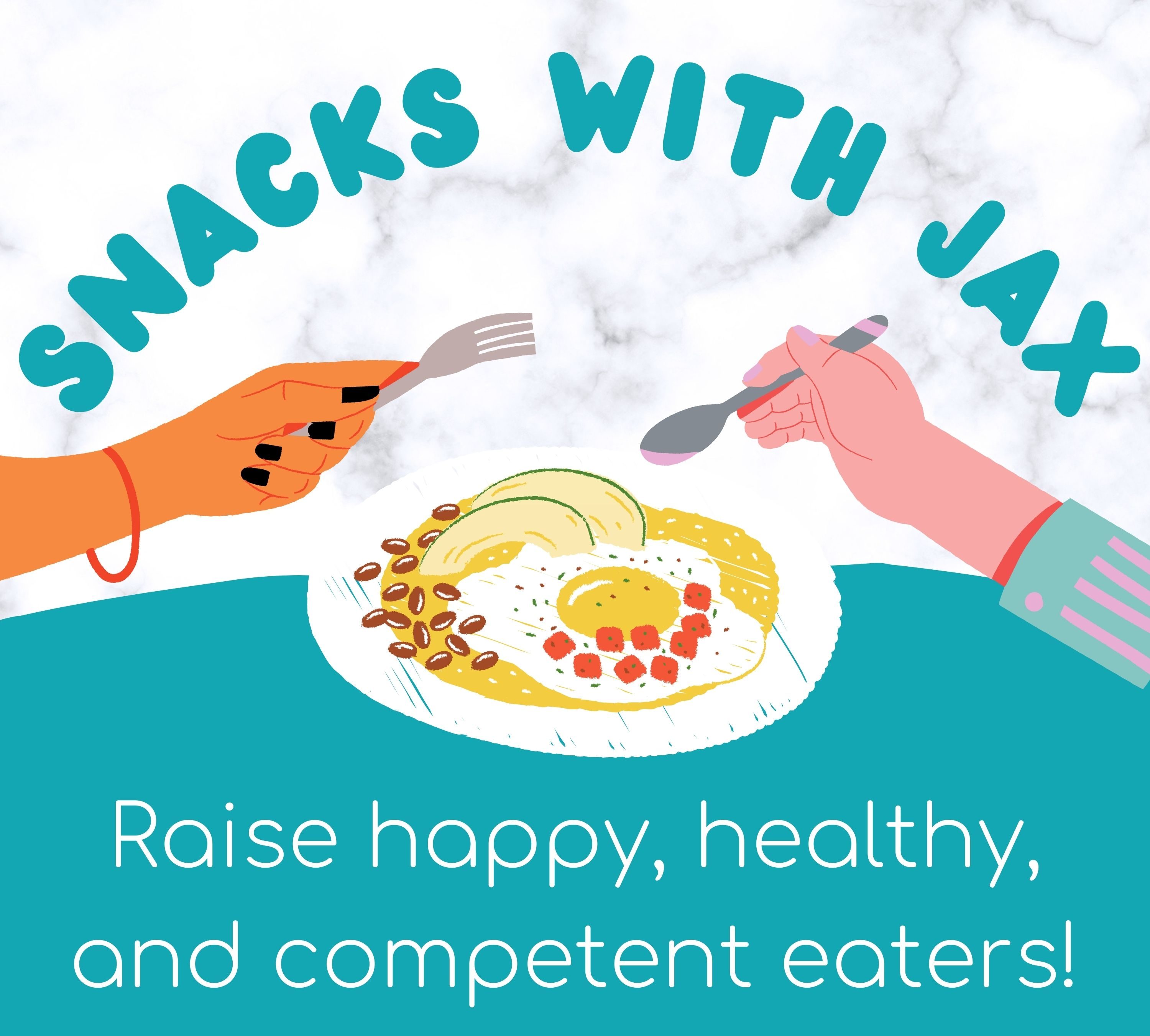Children only get one chance to build strong bones! As parents, it is our job to make sure they have to right tools to build strong bones. Children who get adequate calcium will enter adulthood with the strongest bones possible. This helps to protect them against bone loss later in life.
Young kids and babies need calcium and vitamin D to prevent a disease called rickets. Rickets softens the bones and causes bow legs, stunted growth, and sometimes sore or weak muscles. Rickets is most common in children who are between 6 and 36 months old.
Rickets is rare in the United States. However, it used to be more common, but it mostly disappeared in developed countries since the 1940s. This is due to the introduction of fortified foods, such as cereals and milk with added vitamin D.
What is calcium?
Calcium is the most abundant mineral in the body and vital for good health. It is essential for the development, growth, and maintenance of bone. Around 99 percent of the calcium in the human body is found in the bone.
Calcium regulates muscle contraction, including keeping your heart beating. When a nerve stimulates a muscle, calcium is released; it helps the proteins in muscle carry out the work of contraction. The muscle only relaxes again once the calcium is pumped back out of the muscle.
Calcium plays a key role in normal blood coagulation (clotting). The process of clotting is complex with a number of steps; a host of chemicals are involved. Calcium plays a part in a number of these steps.
Calcium is also a co-factor for many enzymes; this means that without the presence of calcium, these important enzymes cannot work as efficiently.
Calcium Needs
RDA for Calcium per the American Academy of Pediatrics:
Age 1-3 700mg/daily
Age 4-8 1000 mg/daily
Age 9-18 1300mg/daily
For a child between the ages for 1 to 3, they require 700mg of calcium per day! If your child is able to drink whole milk, you are in luck because this will cover over 1/3 of your child’s daily calcium needs. (8oz of whole milk = 257mg of calcium)
But if you are a non-dairy family there are still many ways to get enough calcium into your child’s diet!

Calcium Rich Foods
- milk
- cheese
- yogurt
- kefir
- cottage cheese
- calcium-fortified milk alternative
- bok choy
- sesame seeds
- chia seeds
- canned sardines
- orange
- edamame
- okra
- collard greens
- kale
- tahini
- white beans
- canned salmon with bones (soft and safe for babies- not a choking hazard)
- beans and lentils
- almond butter
- figs
- blackstrap molasses
- broccoli
- tofu made with calcium sulfate
- calcium fortified breads
- caclim fortified orange juice
- calcium-fortified breakfast cereals
Check the calcium content of these foods here.
Vitamin D with Calcium

Our bodies need vitamin D to help absorb calcium. Without it, calcium can’t get where it needs to go to build strong bones.
Babies younger than 1 year old need 400 IU of vitamin D a day. Baby formula has 400 IU (international units) per liter, so babies who drink at least 32 ounces of formula each day get enough! (If your baby is consistently consuming under 32oz of formula please consult your pediatrician as supplementation might be necessary)
Kids older than 1 year need 600 IU or more of vitamin D a day. Babies who have been exlcusively breast fed might need a vitamin D supplement so consult your pediatrician.
Vitamin D is called the “sunshine vitamin” because the body can produce it when the skin is exposed to sunlight. But your child’s body isn’t able to make vitamin D when covered with clothing or sunscreen to block the sun’s rays. Vitamin D is not in many foods that children eat often. Because of this, occasional supplementation is required.
Ask your child’s health care provider if he or she needs a vitamin D supplement.
Snack Ideas for Added Calcium
- Make parfaits with layers of plain yogurt, fruit, and whole-grain cereal.
- Make smoothies with fresh fruit and whole milk or calcium-fortified soy/almond milk.
- Add fresh fruit to cottage cheese or yogurt.
- Sprinkle cheese on top of snacks and meals.
- Add white beans to hummus or favorite soups.
- Add sesame seeds to baked goods or sprinkle on vegetables.
- Serve hummus with veggies like broccoli (also calcium), bell pepper, cucumber, carrots.
- Add tofu to a stir-fry.
- Chia seeds in yogurt and smoothies and mixed into batters of baked goods.
- Use almond butter instead of peanut butter.
- Serve edamame as a snack.
- Top salads or cereals with chickpeas.
- Serve more dark green, leafy vegetables (such as broccoli, kale, collard greens, or Bok Choy) with meals.
The author of this site encourages you to consult a doctor before making any health changes, especially any changes related to a specific diagnosis or condition. No information on this site should be relied upon to determine diet, make a medical diagnosis, or determine treatment for a medical condition. The information on this website is not intended to replace a one-on-one relationship with a qualified health care professional and is not intended as medical advice. For more information please read our full disclaimer here.

And giving toddlers sodas will deplete the calcium in their bones. As a teenager, one soda a day and they will be 600 times more likely to have osteoporosis as senior adults!!
LikeLike
Love this.Very useful.Keep up the good work!
LikeLike